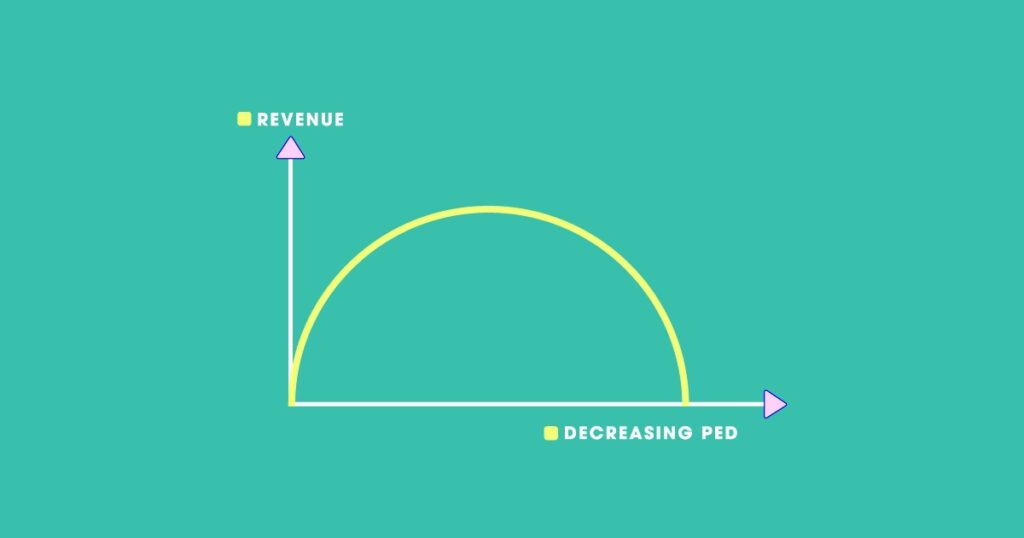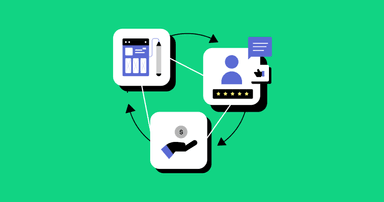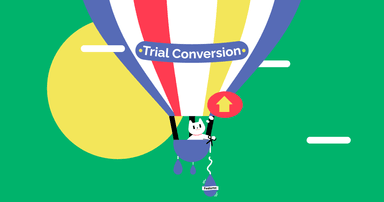Should apps include the app store fees in their subscription prices?
And why Twitter's approach is probably not the model to follow.


Jacob Eiting
I recently came across this Tweet and it got me thinking about a question many subscription app creators are going to face.
hey @elonmusk, what exactly am i paying for again?! this is becoming the worst deal in town esp relative to free. pic.twitter.com/raX4YEwp8z
— noisé (@proetrie) January 9, 2023
In case you missed it, back in November, Twitter launched Twitter Blue, a subscription service designed to reduce the platform’s reliance on ad revenue. In return, users get a blue checkmark and a modest selection of additional features.
It launched for the now infamous price of $8 and did so spectacularly badly. And apparently, no one told Elon that the app stores take a cut of app revenue. So in the infinite wisdom of his rocket galaxy brain, Elon relaunched the service at the price of $11 for iOS users and (still) $8 on the web. The new iOS pricing of $11 per month almost accounts for the 30% cut Apple takes.
App creators, upon realizing that Apple and Google are going to take a decent chunk of subscription costs, can be forgiven for feeling more than a little robbed.
Should more companies follow Twitter’s lead?
I think that you should almost never do this.
The exception is when there’s some sort of hard unit economics target that needs to be hit. Take Spotify, for example. Spotify has to pay out royalties to artists and they need a certain amount of cleared cash off of each subscription because they pay, essentially, a unit price to their artists per user. If they don’t have that, they’re losing money, and that’s clearly not going to work.
In the case of Twitter Blue, as far as I’m aware, there are no unit economics calculations at play. Is $8 per month for Twitter Blue even the right price to begin with? Paddle published an interesting article discussing the problem with $8 per month and why there are likely to be better pricing strategies for the company. But crucially, for Twitter, while there may be some longtail implications where it incurs extra costs, for the most part, it has zero incremental marginal cost.
If that is indeed the case, I do not understand why they’re doing this. And when it comes to maximizing revenue, this is just as likely to set them back. There’s a couple of reasons why.
The elasticity of demand
Firstly, there is price elasticity. You can see in the tweet and the replies, people are complaining that it’s kind of silly to be paying $8 per month in the first place. And people are rational when it comes to paying for things. The more expensive a thing becomes, the less likely they are to pay for it. I think back to economics 101 and price elasticity curves. As you increase the price of something, the demand will decrease and fewer people will buy it. Your revenue will increase to a point, but as you increase the price further beyond that point, total revenue will then decrease.

Unless you’ve done a bunch of price testing, you often don’t know what side of that curve you are on. And I don’t think Elon and Twitter have done a bunch of price testing to know that $8 is the sweet spot. Increase it to $11 and Twitter might have pushed themselves over that hump, at which point they will sacrifice revenue.
Do what’s right for users
The second reason why this change is likely to hurt Twitter is because it is just not user friendly. Also in the replies to that Tweet, you’ll see people justifying the price change by not only repeating the narrative that Twitter must do this to counteract the app store fees, but by saying that users can simply go and subscribe via the web to get back that magic $8 per month figure.
Very few people will either care that much or even know to go and subscribe via the web instead. And the App Store is a major distribution channel for Twitter. Why should anyone who downloads the mobile app think to achieve a cheaper price somewhere other than the app?
Treat your users with respect.
Eat the fees
Unless there’s a unit economics reason not to, eat the app store fees as opposed to charging your customers more.
It’s going to become very hard for Twitter to talk about pricing now. Regardless of whether $8 per month was the right figure, at least it was clean and simple to talk about. That is no longer the case.
It’s a natural reaction that a lot of founders and app creators have, feeling that they’re getting screwed by the app stores. But you have to remember that your users are important. Very important. And pricing changes will rarely have the effect that you think they will have.
In-App Subscriptions Made Easy
See why thousands of the world's tops apps use RevenueCat to power in-app purchases, analyze subscription data, and grow revenue on iOS, Android, and the web.



